Imagine the following scenario: It’s the end of the first week at your child’s new school. You receive a phone call from your child’s teacher, who has some “concerns.” She comments that your child does not make eye contact. She also comments that when she pats your child on the shoulder to get her attention, your child flinches. The teacher admits that she is confused and doesn’t understand why your child would avoid eye contact and why a pat on the shoulder would warrant recoiling.
Although increasingly rare as public awareness of autism has increased over the years, the above scenario still occasionally happens. When I was growing up in the 1980s? Forget it. In an era when the word “autism” was barely even a word — and one generally associated with the movie Rainman — the school psychologist expressed concern that my eye contact was “poor” and that I “[don’t] like to be touched.” This, of course, confused my parents as well.
I had no problem making eye contact with other kids and with adults whom I knew well, but I was very uncomfortable making eye contact with teachers and other adults who were not a regular part of my home life. Although it’s been decades since a pat on the shoulder from or eye contact with strangers has made me uncomfortable, I can still remember why I experienced this discomfort.
It’s too difficult to describe with words alone, so I have included a few of my illustrations. The experience of every autistic person is different, but I hope the following drawings can offer some insight as to what an autistic child’s experience might be like in these everyday interactions… as well as make you laugh.
The Mutant Teacher with the Monster Grip
This is what it felt like when a teacher patted me on the shoulder to get my attention:
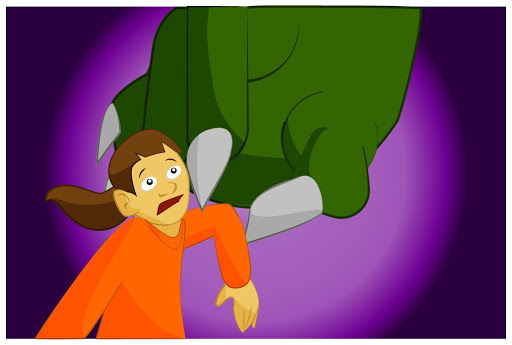
While I did not literally feel like I was being grabbed by a giant monster, the friendly pat on the shoulder felt like a gross invasion of personal space. I didn’t know that this was a common part of social interaction, so it made no sense to me why somebody outside of my family would do that. Touching my shoulder to get my attention? Whatever for? Isn’t “Hey, Julie” good enough?
And then when I looked up at the teacher, what I saw was something like this:
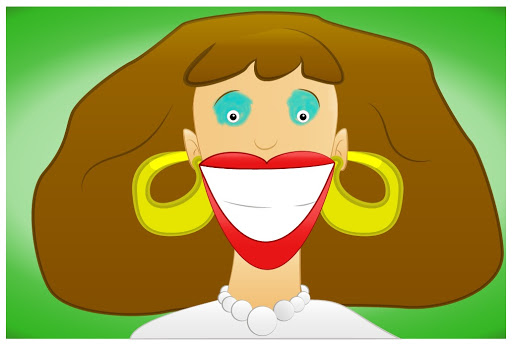
I would see a (usually female) Teacher lifeform from the world known as Adult: with an outsized, ear-to-ear smile dwarfing her other facial features; gargantuan earrings pulling at her rubbery lobes like two giant sandbags; fire-engine red paint glazing her balloon-like lips; and eye shadow accenting the two gelatinous orbs that I was expected to lock in on with laser precision.
When a teacher got in my personal space, often her big smile, jewelry, and makeup were the first things I would notice, perhaps because they were the most obvious. Well-defined shapes (like a big smile and earrings) and bright colors (like the makeup she would wear) were the kinds of things that assaulted my eyes.
What I remember the most are the domineering smiles. It makes sense to most kids to see a teacher smiling broadly so that they know that the teacher cares about them and wants to establish a friendly relationship. But coming from an adult who wasn’t an intimate part of my life, this gesture was almost meaningless and even somewhat intimidating to me. It also seemed phony, a mere act. And sometimes it probably was an act. I doubt even the best and most patient teachers are elated about all of their students every second of every day. But it was this sort of pretension that had always bothered me in social interactions, more so when coming from people I didn’t know very well.
My (S)Mother and Father
Now what about gestures from people I did know well, like my parents? Even though my parents were always very loving, I rarely wanted a hug from them, especially when I was upset. Most kids want a hug from their parents even more when they are having a bad day or when something isn’t going the way they planned. But if my parents hugged me in such situations, this is what it felt like:
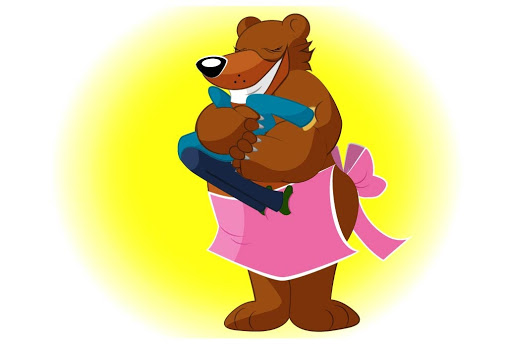
A bear hug felt like just that — a hug from a nine-hundred-pound grizzly bear. Like the ubiquitous smiles, these hugs felt phony. If I had lost a toy or the store didn’t have the comic book I had waited all week to buy, for example, hugs were ineffective at making me feel better. They did not distract me, and they certainly didn’t solve the problem of finding the toy or buying the comic book. Any attempt to distract me from the issue made me feel like my emotions were being trivialized and that others didn’t care about helping me solve what felt like a very real problem.
Again, I must stress that these stories represent my own personal reality and may not represent how your child experiences certain everyday social interactions. However, I hope that they provide insight for one out of many possibilities. If eye contact and certain physical gestures bother your child, ask them to draw you a picture that illustrates why they feel this way. You might be surprised at what you learn.

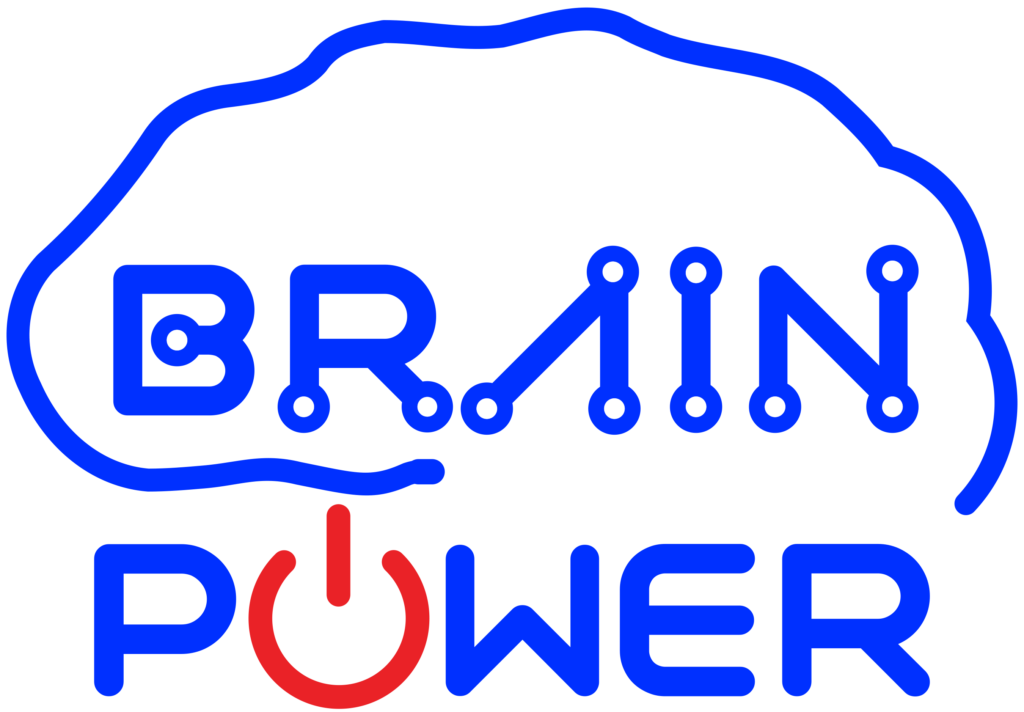
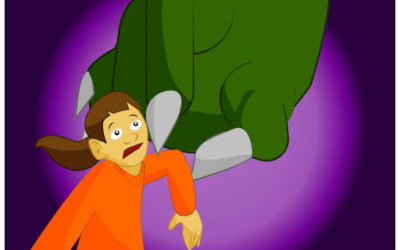
Really interesting read, Julie! Also I love the illustrations, they really capture the feeling of what it must’ve been like to be in your shoes.